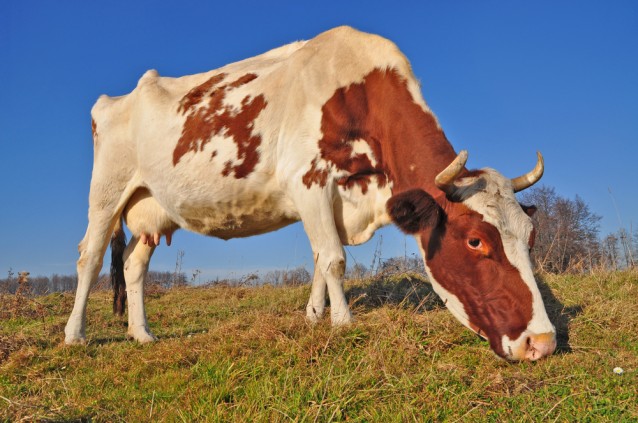

Why won’t he go away?
From today’s New York Times.
LITTLE ROCK, Ark. — When it came time to celebrate the 50th anniversary of the opening of a dam on the Little Red River this fall, former President Bill Clinton came running. But once he arrived in the state, he had more on his mind than just public works. He summoned Mike Ross , who had driven him around rural Arkansas during his race for governor in 1982 and is now running for governor […]
This is interesting…
When Mr. Clinton began his political career at 28 in the mid-1970s, Arkansas, like the rest of the South, clung to a strongly Democratic identity, with a fiercely populist streak, especially in state and local elections. These days, Republicans are ascendant in state races and Mr. Obama is profoundly unpopular — an Arkansas poll recently recorded his approval rating at 29 percent. Many here view the president as distant from them, with his liberal policies and Chicago roots, and Arkansas lacks a tradition of supporting black candidates in statewide races. During Mr. Obama’s tenure, a congressional delegation that until recently was made up of five Democrats and one Republican now has five Republicans and Mr. Pryor.
Also interesting…
When Mr. Clinton began his political career at 28 in the mid-1970s, Arkansas, like the rest of the South, clung to a strongly Democratic identity, with a fiercely populist streak, especially in state and local elections. These days, Republicans are ascendant in state races and Mr. Obama is profoundly unpopular — an Arkansas poll recently recorded his approval rating at 29 percent. Many here view the president as distant from them, with his liberal policies and Chicago roots, and Arkansas lacks a tradition of supporting black candidates in statewide races. During Mr. Obama’s tenure, a congressional delegation that until recently was made up of five Democrats and one Republican now has five Republicans and Mr. Pryor.
Click here to view original article www.nytimes.com
Read More »










